Getting involved in your community is both enriching and impactful. It allows you to connect with diverse groups, understand local issues, and contribute positively.
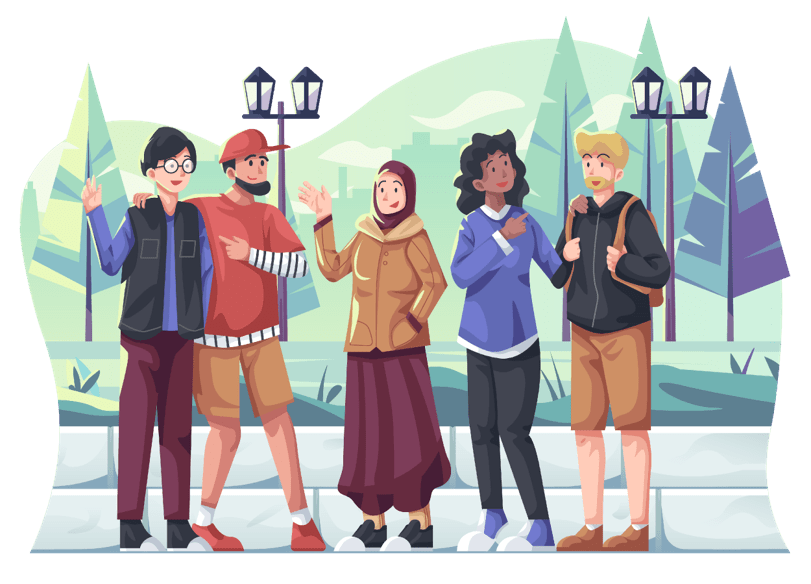
Whether it's volunteering at a food bank, joining community clean-ups, or participating in local committees, your involvement not only benefits the community but also enhances your sense of belonging and personal growth.
It's a rewarding experience that strengthens social ties and develops valuable skills.

The video "Community Mapping" by Andra Tanase focuses on the concept and application of community mapping. Here's a brief summary:
1.Concept: Community mapping is a tool for capturing a detailed view of a community, including stakeholders, relationships, resources, and challenges.
2.Stakeholders and Relationships: Identifying and understanding the roles and interactions of various community members like teachers, parents, students, and policymakers.
3.Issues and Resources: Mapping community issues and available resources to address these issues effectively.
4.Participatory Approach: Involving community members in the mapping process for better accuracy and inclusiveness.
All of these activities promote well-being by providing opportunities for expression, connection, and purpose. They satisfy both your emotional needs (such as feeling connected or understood) and the practical needs (such as developing skills or maintaining a routine). In a time of physical isolation, these digital and creative outlets provide ways to stay connected to yourself and the world.
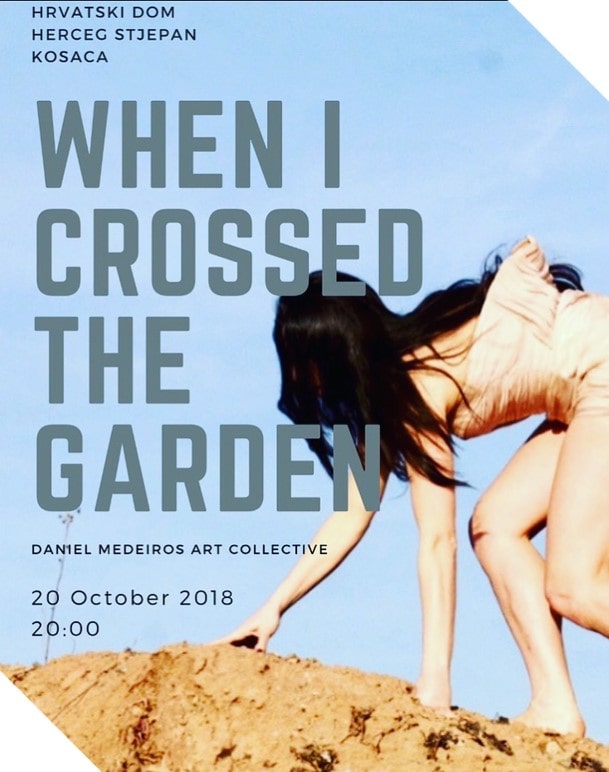
Virtual Performances:
With the closure of physical venues, many young artists used platforms such as Zoom, Instagram Live, and Twitch to host live music, plays, and readings to keep the spirit of art alive.
Digital Art Exhibitions
Young visual artists organised and took part in online art galleries and virtual exhibitions. They frequently used augmented and virtual reality platforms to craft immersive experiences for viewers.


TikTok Challenges
The short video platform TikTok became a hub of creativity for young people. Whether through dance competitions, craft projects, or cooking videos, they used the app to express themselves and connect with a global audience.
Podcasting
Lots of young people began their own podcasts, talking about everything from life during lockdown to mental health, arts, culture, and social justice. This became a way for them to connect, discuss, and inspire others.
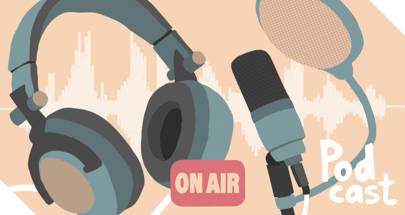
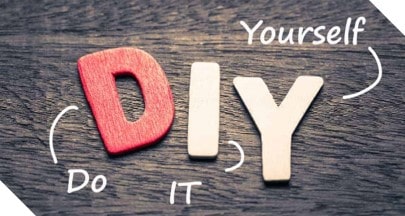
DIY crafting and upcycling
Stuck at home, many young people have picked up crafting, using materials around them to make art or repurpose older items, giving them a new look and purpose.
Homemade music and sound production
Using software like GarageBand or FL Studio, numerous young aspiring musicians and producers started creating their own tunes, beats, and albums right from the comfort of their bedrooms.
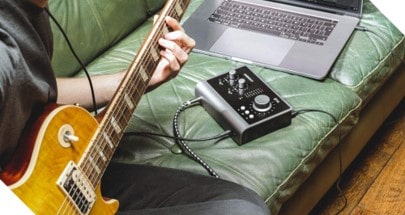

Writing and Blogging
With extra time and a lot of experiences and feelings to deal with, many people turned to writing. Young writers, in particular, began expressing themselves by starting personal blogs or contributing to online platforms, finding their voice in the digital space.
Online workshops and courses
Because physical gatherings were restricted, many young artists, dancers, and creative individuals started giving online classes and workshops. This not only helped them earn money but also allowed them to reach a wider, global audience.
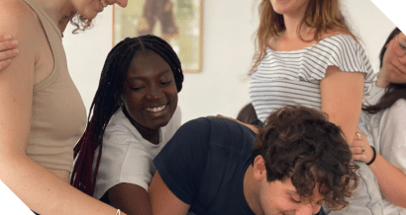

Games and world creation
Video games, like Minecraft or Roblox, became a significant way for young people to express their creativity. These platforms let them create, build, and share virtual worlds and stories, providing an outlet for their imaginative ideas.
Community initiatives
Many young people noticed that the pandemic was affecting mental health, so they started online groups, art therapy sessions, and mindfulness workshops. These activities mix creativity with well-being to help address the challenges people were facing.
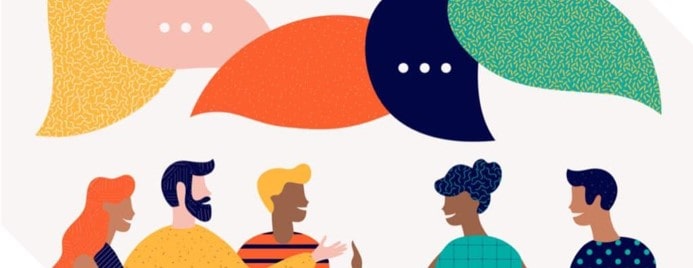
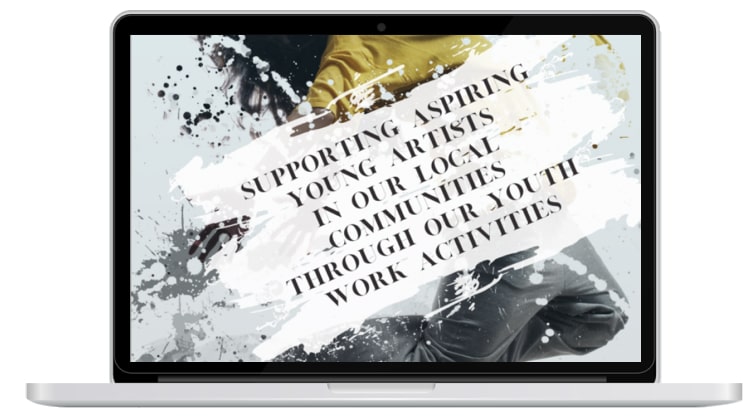
The Covid-19 pandemic, despite its challenges, led to a digital renaissance for young individuals, providing fresh opportunities to engage, connect, and contribute creatively within their communities.
The Manual with Guidebook
“Supporting Aspiring Young Artist in our Local Community Through our Youth Work Activities“ highlight some examples.
Loneliness among young people is common, with 40% of those aged 16-24 reporting frequent loneliness.
Loneliness is defined as a negative emotional reaction to a gap between desired and actual relationships.
Common Triggers of Youth Loneliness:
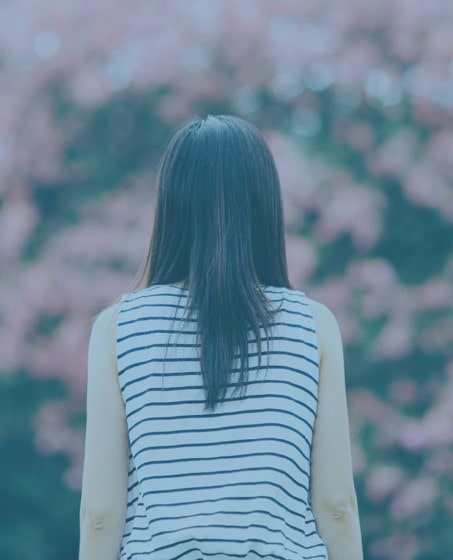
Remember, you're not alone in feeling alone!
SOURCE: https://psyche.co/guides/how-to-overcome-loneliness-in-adolescence-and-young-adulthood

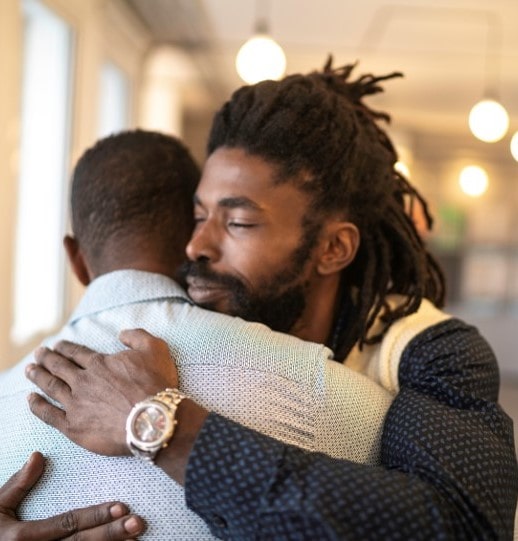
Beating loneliness as a young person is all about looking within, talking to others, and diving into things you love. Trusting friends and getting involved in your community are key in fighting loneliness while showing kindness and understanding along the way.
